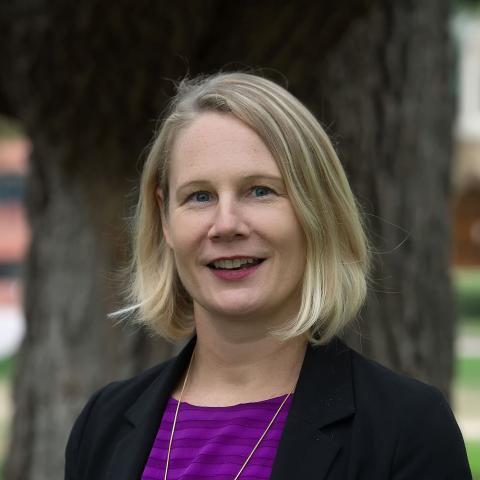The Affordable Care Act (ACA) created the Small Business Health Options Program (SHOP) to make it easier for small-business owners and their employees to shop for and compare plan options online. Today, 18 states and the District of Columbia operate a state-run SHOP alongside an individual insurance marketplace, including Utah and Mississippi, which opted out of running an individual marketplace but built their own SHOP.1 The remaining states use the federally facilitated SHOP. While SHOPs offer employers a new avenue for offering coverage to their workers, some states are questioning whether state-run SHOPs make sense.
Unfortunately, to date, we have little publicly available data to assess implementation progress in either the state- or federally run SHOPs. There is limited public information about the cost of operating the SHOPs, as well as the number of small employers taking advantage of the federal small-business health insurance tax credit available through SHOP. The federal government has yet to release state enrollment data for the federally facilitated SHOP. At the same time, while some marketplaces, such as the District of Columbia, continue efforts to improve and expand their SHOPs, other states, such as Vermont and Hawaii, are actively considering reducing their investment in or eliminating their SHOP through a 1332 waiver request.
Robust Insurer Participation and Employee Choice Bode Well for Consumers
State-run SHOPs report that insurer participation is high, with 13 SHOPs offering coverage options from three insurers or more. In fact, Massachusetts, New York, and Oregon all have eight or more insurers currently participating in SHOP.
Moreover, the employee choice option, through which businesses can offer employees a choice of plans while setting a predictable contribution, appears to be very popular among employers. Four states—California, Idaho, New Mexico, and Utah—report most, if not all, participating employers offer employee choice, while many other states, including New York and Rhode Island, have found that the vast majority of employers, 86 percent and 87 percent, respectively, offer choice.
Enrollment to Date Continues to Lag Expectations
Despite the apparent popularity of employee choice, state-reported data show that enrollment in SHOP continues to lag expectations, following low enrollment trends in 2014 and 2015. At the high end, New York and California have each enrolled over 3,600 groups, with over 42,000 covered lives combined. However, a handful of states have each enrolled fewer than 200 employer groups to date (Table 1). It is not clear how enrollment in the state-run SHOPs compares to those run by the federal government; to date the federal agency operating the SHOPs has not released state-specific enrollment data.
Data from 16 of the state-run SHOPs and the District of Columbia show that although approximately 144,000 consumers have enrolled through the SHOP marketplaces,2 the average employer group size is consistently below 10 employees. This suggests that SHOPs are primarily attracting the smallest of small employers—the “micro-group” market—which is often underserved by brokers. This group of very small employers was also the least likely to offer health insurance prior to the passage of the ACA.
Majority of SHOPs Have Implemented Online Portals
When looking at how employers enroll, we know that after a slow start, 13 of the state-run SHOPs have implemented an online enrollment portal, as does the federally run SHOP. Five states, including Hawaii and Vermont, have implemented a direct enrollment model, where employers must purchase insurance through a broker or by contacting insurers (Table 1). Some states have opted to provide a combined model, including Connecticut, which allows enrollment through either route, and Maryland, which requires employers to use a SHOP-authorized broker to access plans online.
With competing priorities and limited budgets, states have had to make trade-offs. Idaho3 and Oregon, both of which offer only direct enrollment, recently noted the expense and technical intricacies of establishing and transitioning to an online portal. Recent guidance from the Centers for Medicare and Medicaid Services allowed these states to extend their direct enrollment for 2017 and 2018, but requires that they shift to online enrollment for 2019.
Moving Forward: Shifting Attention to SHOP Marketplaces Requires Close Evaluation
Though some SHOP marketplaces have made strides, states continue to face challenges in convincing small employers and their brokers that SHOP offers value not available elsewhere. Three years after implementation of the ACA’s market reforms, it is important to evaluate progress and determine whether the current structures are best suited for achieving the law’s intent and meeting the goals of each state.
Discussion about the value of the SHOP marketplaces is likely to continue. As it does, policymakers and the public need better data, including information about tax credit uptake and enrollment through the federally run SHOPs, in order to conduct a fair assessment of the benefits the SHOPs provide relative to the resources and alternatives available.





